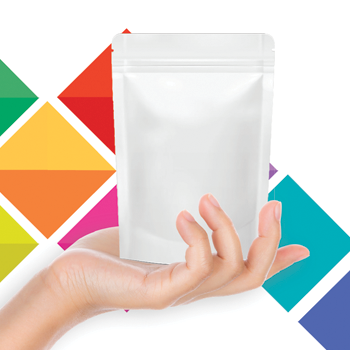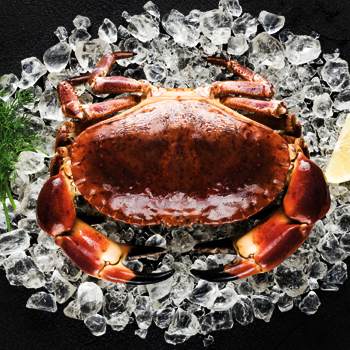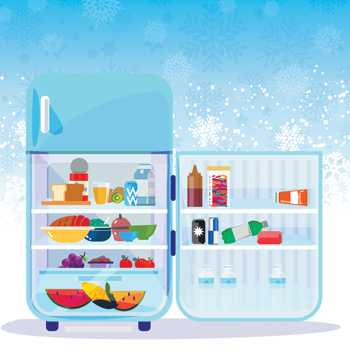ระบบเครื่องชั่งน้ำหนักและตรวจจับสิ่งปลอมปนในเครื่องเดียวกัน
บริษัท เมทเล่อร์-โทเลโด (ประเทศไทย) จำกัด
Mettler-Toledo (Thailand) Limited
MT-TH.CustomerSupport@mt.com
ระบบการตรวจสอบผลิตภัณฑ์ขั้นสุดท้ายก่อนส่งมอบถึงมือลูกค้านั้นยังคงได้รับการท้าทายใหม่ๆ จากผู้ใช้งานอยู่เสมอ ทั้งในด้าน ประสิทธิภาพการตรวจสอบ, ความเร็วในการตรวจเช็ค, ความสะดวกปลอดภัยในการใช้งาน ตลอดจนความคุ้มค่าในการลงทุนและรองรับการเปลี่ยนแปลงรูปแบบการผลิตในอนาคต
ด้วยเหตุนี้ ระบบการตรวจสอบผลิตภัณฑ์จึงได้ถูกพัฒนาขึ้นเพื่อตอบสนองความต้องการของผู้ผลิตอาหารและเครื่องดื่มมาอย่างต่อเนื่อง ไม่ว่าจะเป็นระบบผสมผสานการตรวจสอบน้ำหนักและตรวจจับโลหะที่ทรงประสิทธิภาพ1 เป็นต้น ในปี 2560 ระบบผสมผสานการตรวจสอบน้ำหนักและตรวจจับสิ่งปลอมปนด้วยรังสีเอ็กซ์ใหม่ล่าสุด2 ได้ก้าวออกสู่ตลาด ระบบใหม่นี้มีประสิทธิภาพสูงขึ้นชัดเจน แต่ใช้พลังงานรังสีต่ำที่สุดในโลกเพียง 20 วัตต์ โดยไม่ทำให้ความสามารถในการตรวจจับสิ่งปลอมปนลดลงเนื่องจากใช้เทคโนโลยีการตรวจจับล่าสุดเข้ามาช่วย เพื่อชดเชยค่าพลังงานรังสีเอ็กซ์ให้อยู่ในระดับที่เพียงพอต่อการตรวจจับสิ่งปลอมปน ซึ่งนับเป็นเครื่อง X-Ray ที่ปลอดภัยและประหยัดพลังงานที่สุดในปัจจุบัน
ในเวลาเดียวกัน ระบบผสมผสานการตรวจสอบน้ำหนักและตรวจจับโลหะ1 ที่ให้ความแม่นยำในการชั่งน้ำหนักสูง พร้อมทั้งรองรับความเร็วสูงที่สุดถึง 600 ชิ้น/นาที อีกทั้งยังสามารถปรับเปลี่ยนขนาดสายพานได้หลากหลายขนาดให้เหมาะสมกับขนาดของสินค้าที่ต้องการชั่ง ซึ่งสอดรับกับรูปแบบการผลิตสมัยใหม่ที่มีความหลากหลายของผลิตภัณฑ์มากขึ้นกว่าในอดีต โดยผู้ผลิตสามารถลดค่าใช้จ่ายการลงทุนซื้อเครื่องจักรในอนาคต ได้ถูกคิดค้น พัฒนา จนสามารถออกสู่ตลาดสำเร็จ
มากกว่านั้น ในส่วนของการรวมความสามารถด้านการชั่งเข้ากับการตรวจจับโลหะ ก็สามารถทำงานได้อย่างมีประสิทธิภาพสูงสุดเช่นกัน ซึ่งการรวมกันครั้งนี้ก็เพราะ เครื่องตรวจจับโลหะนั้นแทบจะเป็นอุปกรณ์พื้นฐานของการตรวจจับสิ่งปลอมปน (จุดควบคุมวิกฤต) ในอุตสาหกรรมการผลิตอาหารและเครื่องดื่ม
The final inspection before delivering products to the customers remains challenging for users both in terms of performance, speed, safety, and cost efficiency when the production system is changing in the future. As a result, product inspection system has been continuously developed in response to the demand of food and beverage manufacturers, whether it is an effective combination system of check weigher and metal detector1, for example.
In 2017, the newest combination of check weigher and metal detector with x-ray inspection2 is released into the market, after a long process of brainstorming, developing and marketing. The x-ray inspection that added into the newest model of check weigher2 is a prominent upgrade. It uses the world’s lowest radioactive – 20 watts – without compromising the ability to detect contaminations. The use of the latest detection technology compensates to the use of low x-ray radioactive, and keeps the energy level sufficient to detect contaminations. This is the most economical and the most energy sufficient machine we have today.
At the same time, this combination1 offers accurate weight checking and metal detecting at a speed of 600 items/minute. It also supports various sizes of conveyor belt to match with the size of the items, which is in line with modern production and products diversity. Manufacturers can save cost for future purchase of machinery. Moreover, the integration of weighing and metal detection technologies works effectively, too. This combination is due to the fact that metal detector is a common technology in contamination detection (critical control point) in food and beverage industry.
The design to make effective check weigher and metal detector1 requires not only the installation of metal detector into the check weigher, but also the installation of integrated user interface. With that, users can adjust the settings, displays, and assessment results in the same screen for their convenience.









